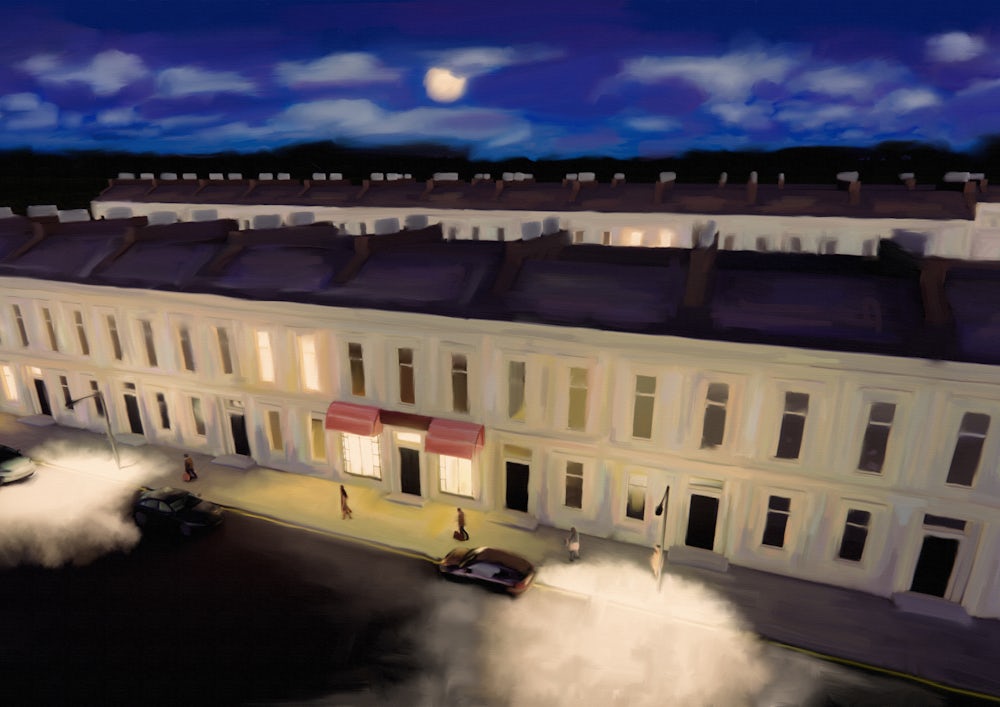The boundary between the factual and the imagined is porous. Realities such as where we grew up, our relationships and our personal experiences all have the ability to influence our imaginations and visualisations. When looking at the concept of visualisation, especially in response to an external stimulus, it must be remembered that it is not our eyes nor ears that do the ‘seeing’ or ‘hearing’, it is our brain, and the aforementioned realities, will affect what we each individually perceive. Our eyes, ears, and hands are all methods of inputs. Beyond that we each receive and translate those signals, converting them into what we perceive as images. Different words, and visual cues take on a different meaning for each person.
This project reaches into these visualisations and memories in relation to a single audio cue, documenting, collating and compiling the differences in our thoughts and perceptions, whilst questioning whether the use of language and audio cues can insinuate thoughts and influence our conceptual imagery. It is a well understood fact that our perceptions are different to those around us. This project helps the viewer to understand the different connections and associations we each individually have with sound, whilst also allowing us to investigate and uncover the relationship we each have to a place. By discovering the differences in the way we each perceive our physical boundaries and the conditions that surround us, we are able to better understand how we each view the intangible concepts of comfort, atmosphere, aura and solace.
In order to explore the effects of language and sound, the project begins with the production of a highly evocative audio piece, designed to provoke strong visuals. Audio is mediated via verbal account or written word, and once again remediated into a visual format. In doing so, the project transgresses various boundaries in both the use of media but also the crossing and overlapping of the audio to the verbal and then to the visual. This is how these boundaries between what is factual and what is imagined become blurred and disturbed.
This process involved the compilation of different media around a single point of interest, whilst also compiling a collection of thoughts on and various accounts of the audio piece, using people as points of mediation. I have used this information to produce a series of paintings to depict what is seen, heard and perceived to represent a broader coalition of thoughts, looking at the differences and similarities but also highlighting the absences, in what was remembered.



